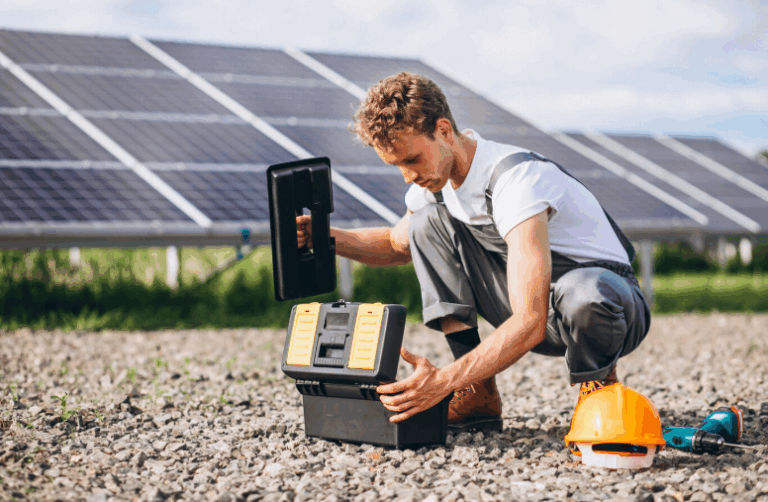Understanding the Full-Funnel Approach
In B2B marketing, success no longer hinges on simply driving traffic or collecting leads. Instead, growth depends on the ability to guide prospects through the entire buyer journey—from initial awareness to final decision. This process is known as full-funnel lead generation, a strategic method that engages B2B buyers at every stage of the funnel with tailored messaging, relevant content, and timely outreach.
Unlike traditional lead generation models that focus only on the top of the funnel, the full-funnel approach aligns marketing and sales activities across the awareness, consideration, and decision stages. It ensures no potential customer is left behind and that the buyer’s evolving needs are addressed throughout their journey.
The Role of B2B Buyer Intent Data
A game-changer in modern lead generation is the use of B2B buyer intent data. This data provides real-time insights into which companies are actively researching solutions in your industry, what topics interest them, and when they’re showing signs of purchasing intent. By analyzing content consumption patterns, website visits, search behavior, and engagement with third-party platforms, intent data helps identify high-value prospects before they even fill out a form.
For example, if a mid-sized IT company is frequently searching for “cloud security solutions” and reading comparison blogs, that’s a strong signal of purchase readiness. Sales and marketing teams can use these insights to proactively reach out with customized messaging, increasing the chances of conversion. B2B buyer intent data makes your outreach smarter—not harder—by focusing efforts where there’s genuine interest.
Building Awareness at the Top of the Funnel
The top of the funnel is all about visibility. Here, your primary goal is to attract the right audience and introduce them to your brand. Content marketing plays a critical role at this stage, with blog posts, whitepapers, infographics, and SEO-focused landing pages helping to educate and inform potential leads.
Social media advertising and paid search campaigns can also increase exposure. But more importantly, this stage offers an opportunity to begin collecting data on visitor behavior. By incorporating gated assets and website tracking tools, marketers can begin identifying trends in user interest and start building a base of B2B buyer intent data that will be valuable in later stages.
Engaging and Nurturing in the Middle of the Funnel
Once you’ve captured interest, the next step is to nurture it. This is where B2B audience engagement becomes crucial. The middle of the funnel is focused on educating and building trust with leads through webinars, product demos, case studies, and personalized email workflows. Segmentation based on behavior, firmographics, and intent signals allows you to deliver content that resonates with each prospect’s specific challenges and goals.
The more personalized the engagement, the more effective it becomes. For instance, if a prospect has downloaded a guide on “Scaling SaaS Infrastructure,” following up with an invitation to a relevant webinar or sending a case study on a similar company can significantly boost engagement. These tactics keep your brand top-of-mind while qualifying leads and moving them closer to a sales conversation.
Driving Conversions at the Bottom of the Funnel
When leads reach the decision stage, your goal is to facilitate a seamless path to conversion. At this point, speed, precision, and personalization are key. Intent signals—like multiple visits to pricing pages or return visits to demo content—indicate that a lead is ready for outreach. This is the perfect time for sales to engage directly, offering tailored consultations, competitive comparisons, and ROI-focused proposals.
Sales enablement materials such as product one-pagers, customer testimonials, and ROI calculators can help address final concerns and close the deal. The integration of B2B buyer intent data ensures that these bottom-of-the-funnel efforts are directed toward leads who are most likely to convert, boosting efficiency and effectiveness.
Aligning Sales and Marketing for Funnel Success
A full-funnel lead generation strategy cannot succeed without strong alignment between marketing and sales. Both teams must collaborate on lead scoring models, define what constitutes a qualified lead, and share insights from intent data. Regular communication and shared KPIs ensure a seamless transition as leads move through the funnel.
Technology plays a key role in this alignment. Marketing automation platforms, CRM systems, and data enrichment tools allow for streamlined workflows, centralized reporting, and continuous optimization. The better integrated your tech stack, the more effectively you can act on insights and scale your efforts.
Measuring and Optimizing Full-Funnel Performance
To drive continuous improvement, it’s essential to measure the performance of each stage of your funnel. Top-of-funnel metrics like traffic sources, content downloads, and time on site help assess visibility efforts. Middle-of-funnel KPIs such as engagement rates, lead scoring, and email open rates reflect nurturing success. At the bottom of the funnel, metrics like conversion rate, deal velocity, and customer acquisition cost reveal the ultimate impact.
Regular analysis of these metrics enables marketers to optimize their strategies in real time. Incorporating feedback from sales, monitoring buyer behavior shifts, and refining messaging based on B2B audience engagement trends ensures your funnel stays effective and agile.
Conclusion
Full-funnel lead generation is more than a tactic—it’s a strategic framework for driving growth in today’s competitive B2B landscape. By combining B2B buyer intent data with personalized content and consistent B2B audience engagement, businesses can meet their prospects where they are, deliver value at every stage, and convert interest into revenue. When marketing and sales work hand-in-hand and data is leveraged intelligently, the result is a funnel that not only fills—but flows.





